Want to get the very best out of your ground-breaking Toyota hybrid? We’ve gathered a number of hybrid driving hints and tips that will help you to get the best from the system, improving fuel consumption and getting you further for less.
Whichever Toyota hybrid you’ve set your heart on, the following tips and pointers should maximise the range and fuel economy of your Toyota.
The basics
It’s not just hybrids that benefit from the first seven tips – these will help to improve any car’s fuel efficiency:
- Clear out the boot! Keeping the boot free of unnecessary weight will give your car and immediate boost in performance and economy.
- Check your tyre pressures – dig out your owner’s manual, and do a weekly check to ensure that your tyres are correctly inflated in line with Toyota’s recommendation. Or read our handy tyre pressures article here.
- Think ahead – by planning your journeys, you can avoid traffic jams and minimise the likelihood of getting lost.
- Shut up! Closing the windows and sun roof at speeds above 45mph will reduce drag, reducing fuel consumption.
- Remove unused roof racks, boxes and bike racks – they’re a real drag too!
- Steady as she goes – maintain a steady speed and don’t go over the speed limit.
- Smoothly does it! Try to avoid sudden braking or acceleration.
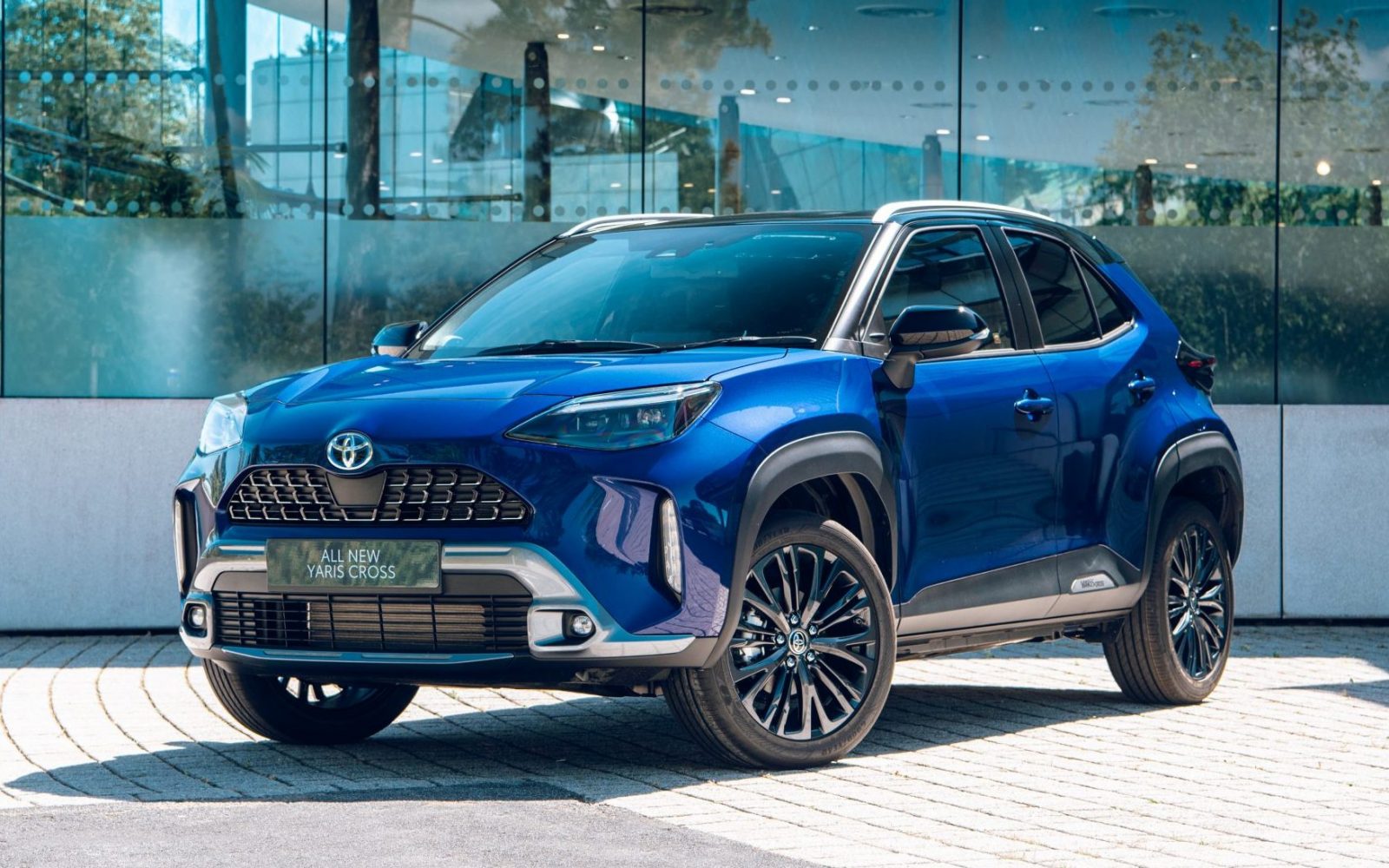
Hybrid driving: hybrid-specific tips
Sorry everyone else, but these tips are for hybrids only:
- Become familiar with the hybrid information display so you can know how much energy is being used.
- EV does it! Keep the car in EV mode as much as possible by using the accelerator gently, pressing it lightly but consistently.
- Improve efficiency with ECO mode, which reduces aggressive throttle response.
- Harvest time – braking gently and early helps the regenerative braking harvest more energy, which means EV mode can operate for longer periods.
- Keep an eye on the dials and gauges to fully understand the hybrid system and manage the charge levels in the hybrid’s high-voltage battery.
- If you’re in stop-start traffic, don’t put the car in neutral (‘N’) when stationary, as electricity will not be generated and the hybrid battery will discharge.
- Consider using cruise control (where fitted) to maintain steady speeds.
- When using climate control, Re-circulate mode reduces energy usage.
- Think about the environment! Constant or heavy use of systems like air-con, lights and wipers will increase energy consumption.
Hybrid driving: drive modes
Toyota hybrids have four drive modes: Normal, EV, Eco and Power. When you first start your hybrid, the car defaults to the ‘Normal’ drive mode, which automatically manages the most efficient use of both the engine and the battery.
Drivers can also select one of the car’s on-demand drive modes to achieve better fuel consumption in certain settings.

These drive modes are: EV Mode where the car is powered by the battery only during city driving, running near-silent and with no tailpipe emissions; Eco Mode that reduces A/C output and lessens throttle response to limit harsh acceleration; and Power Mode which boosts acceleration by using the hybrid battery to assist the petrol engine.
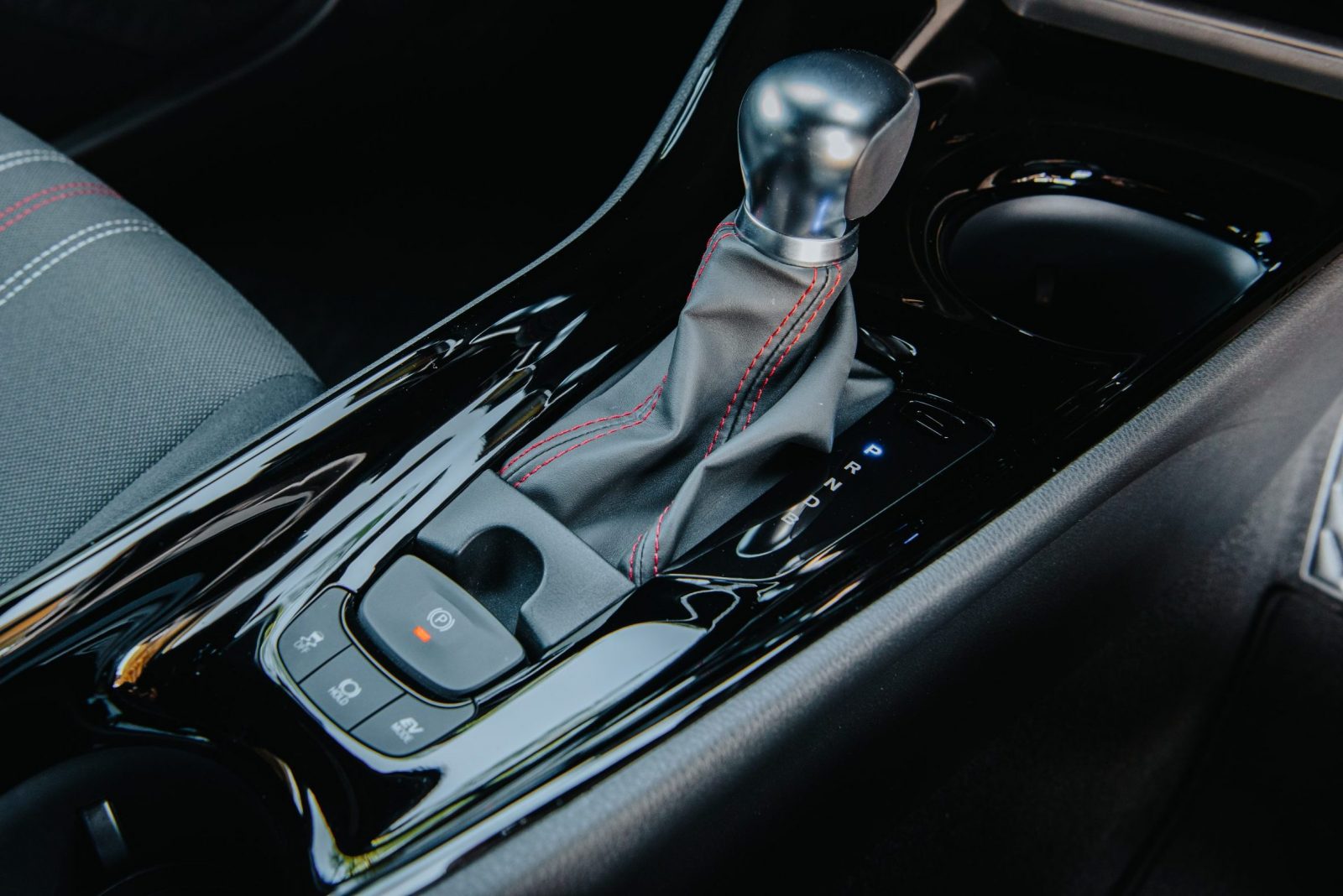
The shift lever offers four positions: R (Reverse), N (neutral), B (engine braking) and D (drive). For normal driving, D (drive) is absolutely fine, but should you need it, position B has the effect of engine-braking handy when descending a steep hill, for example. It’s not recommended to leave the car in position B for normal driving, mainly because you’d end up using more fuel than necessary!
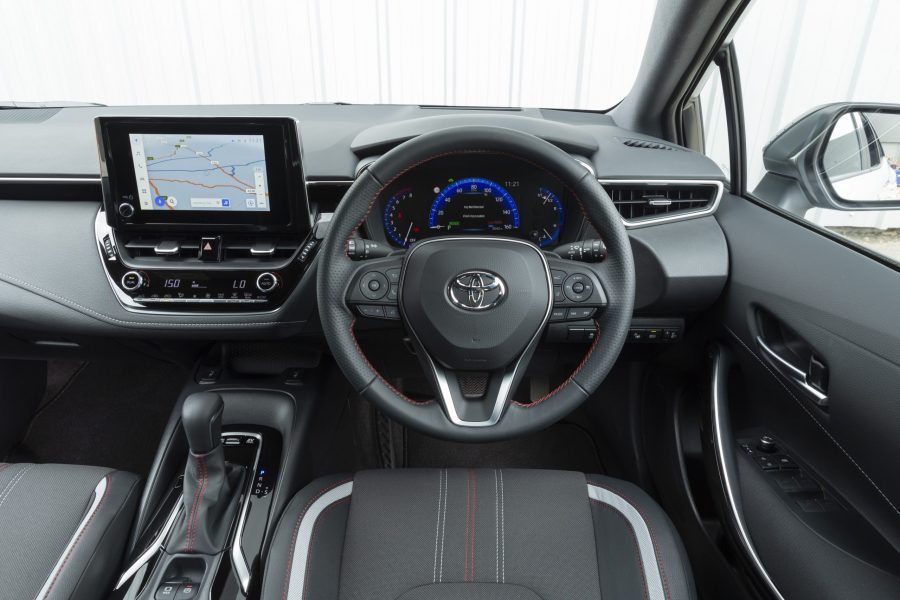
Hybrid driving: read the road ahead
Another great hybrid driving tip is to use the car’s battery whenever possible.
Another great hybrid driving tip is to use the car’s battery whenever possible. You can do this in town and urban driving by accelerating to your required speed, easing off the accelerator and then gently easing the accelerator on again. By doing this, you can activate EV mode – indicated by the dashboard light – which means that the engine has switched off and you are using the electric battery.
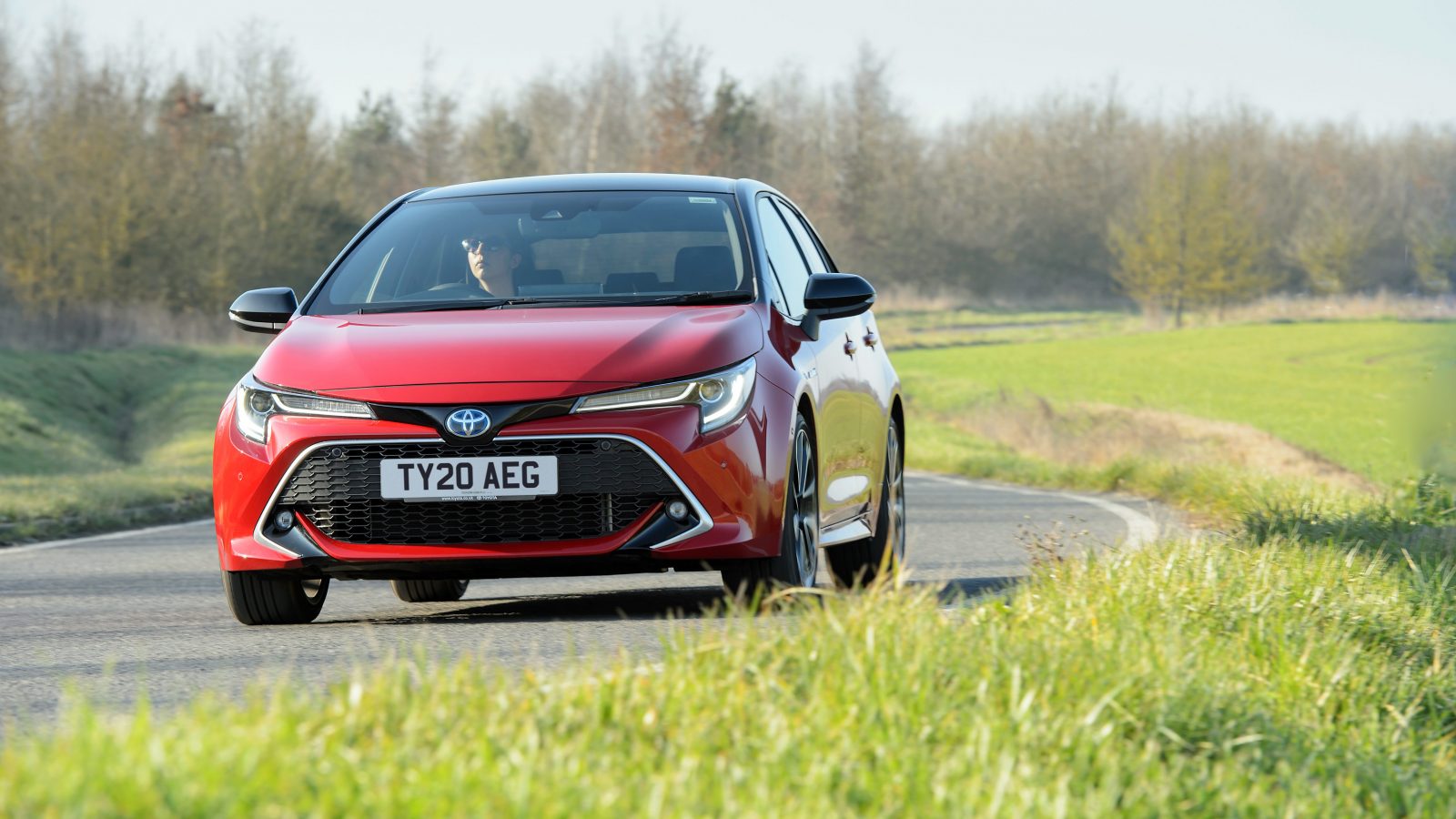
Try to maintain a constant speed and, as always, it’s important to read the road ahead. By doing this, you can reduce the amount of unnecessary braking and accelerating, using less fuel. Braking slowly and gently also maximises the amount of energy recovered by the regenerative braking system on the car.
Other factors to consider
Bear in mind that there are many factors that can affect a car’s performance, hybrid included. On cold days, your car will use more fuel as it warms up, but once it’s reached its optimum temperature, the MPG figures will increase.
Also, during the winter, you’re more likely to be using the air-conditioning, lights and wipers, all of which will use some electrical power from the battery. If you regularly travel the same route, don’t be surprised if you get better MPG figures during the summer than in the winter!
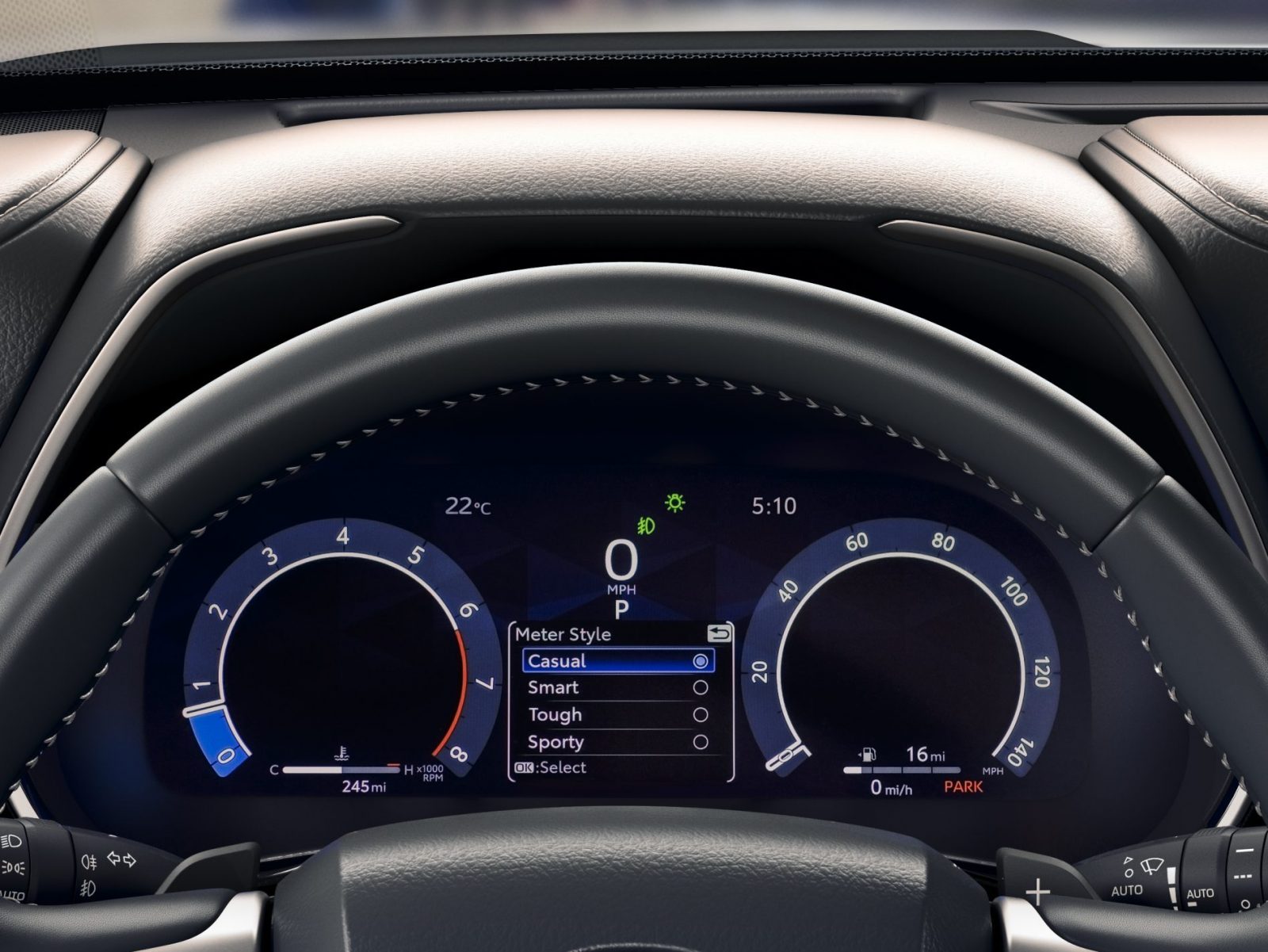
If you’d like more hybrid driving tips or want to discuss your driving technique with other hybrid owners, it’s worth visiting the Hypermiler website.
As a final note, please remember that these hybrid driving tips are published as general guidance on how to get the best fuel economy from your Toyota hybrid. Toyota encourages and supports safe driving at all times – please adhere to the rules of the road.
Read more: Toyota hybrid – how does it work?
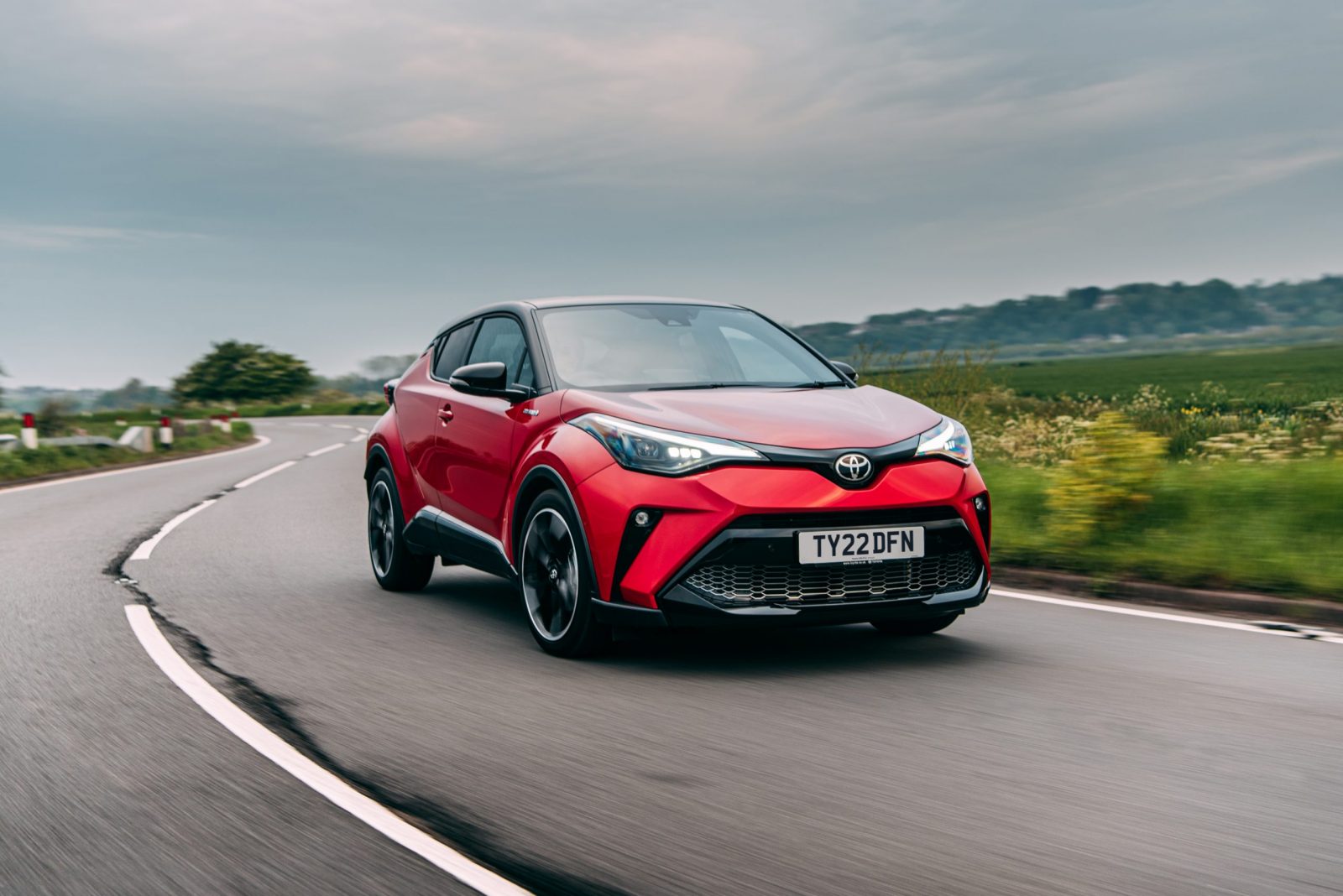
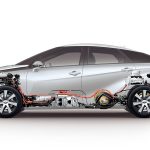

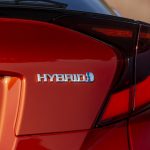




You say “don’t put the car in neutral (‘N’) when stationary, as electricity will not be generated and the hybrid battery will discharge” but the car creeps forward when in drive if my foot isn’t on the brake. I was always told by my driving instructor when learning (in a manual) to use the handbrake rather than foot brake when stopped at night to avoid dazzling the driver behind me with my brake lights. If the car is in drive mode though I have to keep my foot on the brake until I move off, so how do I avoid dazzling the driver behind me if I don’t change to neutral? I’ve always assumed leaving the car in drive with only the handbrake on isn’t a good idea (I drive a Mk3 Yaris with manual rather than electronic handbrake)
There should be an electric parking brake which you select via a switch when stationary. It can be programmed to release automatically as soon as you accelerate. On my car the switch is conveniently placed on the central console to the driver’s side of the gear stick where my hand falls naturally so I don’t even need to look. With one finger I pull the toggle switch up to activate. A red light shows on the switch and also a red ‘P’ on the instrument panel.
Press the HOLD button which the modern Toyota hybids have.
There is no problem whatsoever with using H/B and N. That is what i do.you can use park too. In N you do not need the foot brake on to move into D, which makes life a lot easier. I agree about not dazzling the driver behind. Having been an instructor for 30years ( in manual cars ) I always taught not to use the foot brake when parked.
Use the HOLD button.Then, when you touch the accelerator to start.
I drive a Yaris Icon Hybrid and I always use E5 as I have heard that there are so many negatives surrounding it’s use possible damage to the engine etc.
Don’t use it then.
Or use both mix them both, and both which are widely available.
Hi probably a really silly question but I have a chr hybrid 21 plate I have tried to get the automatic wipers to work but can’t seem to get it right do all chr hybrids have this setting or is it just not one of the functions on my car?
Hi Caroline,
Please provide your vehicle registration so we can look into this for you.
Thanks.
Registration GK20 EYZ
Which fuel is recommended, E5 or E10 please.
Hi William,
Your vehicle can use both E5 and E10.
Thanks.
My CHR was running on 70-80% in town in the summer but lately I noticed when I start the engine it starts at 100% but immediately goes to 2-3% and then starts climbing but only to reach very low %. Is there something wrong with the battery?
Hi Liz, thanks for your comment.
If you believe there is an issue with your vehicle, please contact your Toyota Centre.
Thanks.
I have a 2018 auris. How do I drive in EV only. I usually use ECO but I would prefer EV as much as I can. When I press EV it doesn’t do anything. As in ECO it keeps switching. I must say I do get a good mpg though.
Hi Jane, thanks for your question.
Please provide your Vehicle Registration so that we can look into this for you.
Thanks.
I have a CHR which is two years old. Twice I have had to call the breakdown services when it has failed to start. On both occasions they have said the battery is flat. I am a pensioner and consider myself a careful driver. I went to the nearest Toyota dealer who advised me to buy a charger. It would be a good idea to have dial to show the rate of charge so I then know when it does need charging. I would welcome a reply.
Thank you,
Nigel
Hi Nigel, thanks for your comment.
Please provide your Vehicle Registration so that we can look into this.
Thanks.
My registration plate is DG70 FFP.
Thankyou
Hi Nigel,
Please see this article, which advises on Hybrid Driving Tips. You can keep an eye on the dials and gauges to fully understand the hybrid system and manage the charge levels in the hybrid’s battery.
Thanks.
I have a Hybrid Auris touring sports Excel FG65UWZ which I bought used March 2013. I has developed a situation where the car will not start if I do not drive for 7 days. The battery voltage drops to 6 volts which is insufficient to operate the door locks. This did not occur on our previous saloon hybrid Auris and has only started to happen in the last year on this car. A engine battery has been fitted 3 months ago , no improvement. The dealer cannot sort this and does not have the info to tell me what the current draw is when the vehicle is shut down. I get the rather bizarre message advising me to apply the hand brake properly. The vehicle is always locked when in my garage which confirms all systems except Door locks and Security are shut down. I find during-the course of my tests he hazard warning lights have a draw of 5 amps and will discharge the battery in one hour of operation to the extent the car will not start. looking at the web I am not alone with this. What think you? Ambrose O’Leary
Hi Ambrose, thanks for your comment.
We are sorry to hear about this.
If you are leaving your vehicle stationary for long period of time, we recommend using a trickle charger to help maintain the charge in the battery.
Also, for Hybrids, it is recommended to place the vehicle into ‘ready’ mode for around 60 minutes each week. This will help to ensure the health of both the Hybrid and the battery. In order to do this, all you need to do is press the ‘start’ button with your foot on the brake and the ‘ready’ light will show on the dashboard. You can then remove your foot but make sure to keep the vehicle in ‘P’ mode with the parking brake engaged. Remember to keep an eye on your vehicle at all times and do not leave it unattended.
Thanks.
I have purchased a 7 month old C-HR from a main dealer. They serviced the vehicle before collection which has thrown out of sync my yearly service and mot. With an annual mileage of 5000 miles can I leave the next service until the car reaches 2 years old or should it be done 12 months after my purchase. I don’t want to void my warranty.
Hi Andy,
Thanks for your comment and congratulations on your new C-HR.
Please could you provide the vehicle registration so we can look into this for you.
Thanks.
Registration is GN21FVF
Hi Andy,
Was this the vehicle’s first service? If so, there must be a service completed at least 12 months after the last service.
Thanks.
This was the first service, unfortunately they serviced it 5 months early when I purchased the vehicle instead of letting me bring it back in for a service at 1 year as originally agreed at purchase.
Hi Andy,
We would recommend contacting your Toyota Centre to discuss this further.
Thanks.
Perhaps a silly question but can change driving mode whilst driving ( 72 reg Yaris ) or have you got to set it before starting journey .
Cheers
Hi Cestrian, thanks for your question.
You can change the driving mode whilst driving. Please see your Owner’s Manual for further information on this.
Thanks.